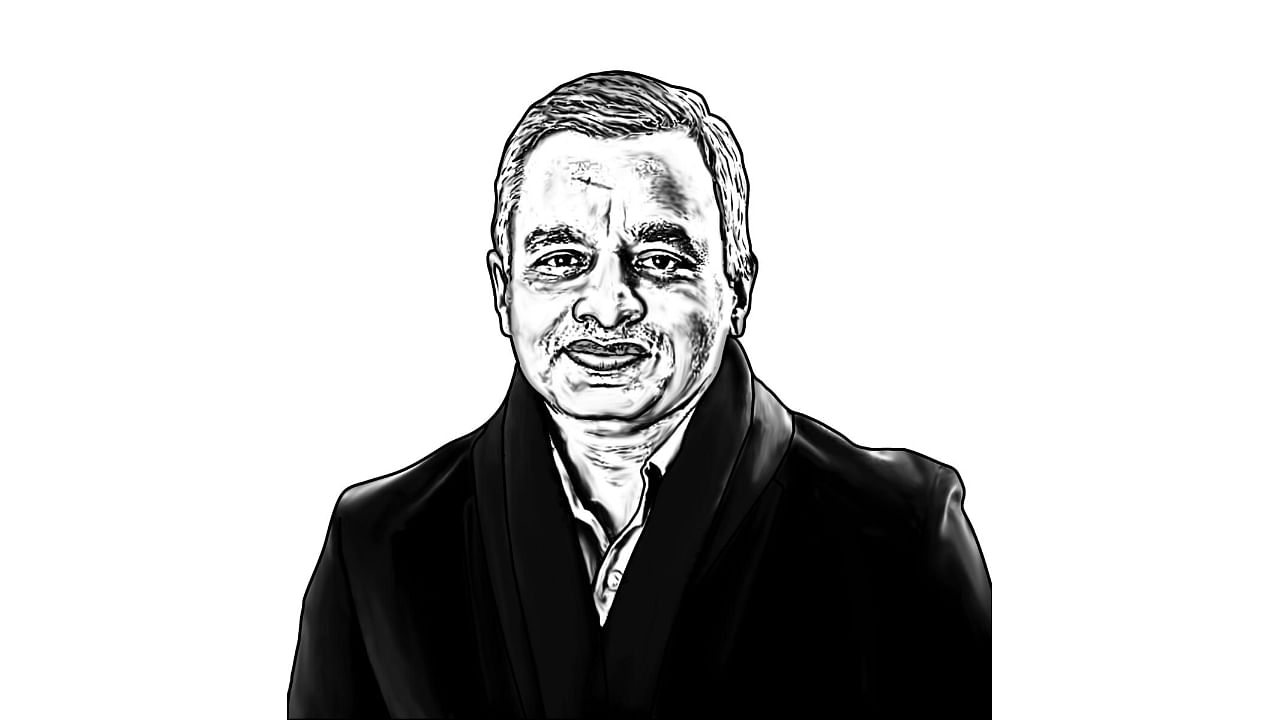
Prime Minister Narendra Modi’s advice to Russian President Vladimir Putin in Samarkand recently grabbed the attention of the leading international media organisations. It was also cited by some world leaders and diplomats, including French President Macron at the UNGA, latching on to the opportunity to target Putin by using Modi’s words.
The lines that grabbed the headlines, “Today’s era is not of war, and I have spoken to you about it on the call. Today, we will get the opportunity to talk about how we can progress on the path of peace”, were part of the first few minutes of conversation recorded by a Russian cameraperson. The clip was then promoted by the Indian side.
The South Asia bureau chief of a top international publication told me that blinded by their desire to show Putin as isolated, his editors were in no mood to consider the argument that followed these opening lines. “We should find ways to address the problems of food, fuel security and fertilisers,” was what Modi said, without even once referring to the critical issues of sovereignty and territorial integrity. It is for this reason that Ukrainian President Volodymyr Zelenskyy told Modi during their telephone conversation on Tuesday that “Ukraine will not conduct any negotiations with the current President of the Russian Federation”.
Even as Zelenskyy emphasised the importance of Modi’s statement that this is not the time for war, both leaders discussed the issue of global food security. Zelenskyy said the “support of the entire international community, in particular India, for the further implementation of the grain initiative is important”. The Black Sea Grain Initiative allows Russian and Ukrainian food grains and fertilisers to reach global markets and alleviate shortages. In the US, External Affairs Minister S Jaishankar disclosed last week that India had been asked to weigh in with Russia during the grain shipment discussions in the Black Sea Initiative.
This is the essence of India’s current position on Russia and Ukraine. It puts Modi under pressure at home, with rising food, fertiliser and fuel prices in an already weak economy, which is being further pummelled by a strong dollar and falling demand in the US. Facing a general election in 2024, the promised achhe din from 2014 are not even on the horizon for most Indians, unless you are a bigoted Hindutva fanatic or a chosen crony businessman.
This immediate political requirement makes India impervious to the Western rhetoric of “shared values”, especially when it sees that Western leaders are also acting in their self-interest. The US has just decided to scale down its sanctions on Venezuela to allow President Chevron to start pumping crude oil and bring down global prices, three years after it forced India to stop importing crude from Venezuela with the threat of sanctions.
The same threat may now force India to stop importing heavily discounted crude from Russia, but there are other reasons for Modi’s friendly approach toward Putin. Foremost among them is India’s military dependence on Russian supplies. Nearly two-thirds of the weapons systems and platforms currently in service are of Russian or Soviet origin. This includes India’s main battle tank, the main fighter aircraft in its fleet, and the only operational aircraft carrier. Alternatives suppliers of spares and ammunition are often not available, and it is not possible to replace these platforms with Western ones.
Western weapon systems are exorbitantly costly, compared to the Russian ones, and come with strings attached on usage. Moscow places no limits on the usage of its systems, whether against China or Pakistan, or on any advanced feature because some ‘foundational pact’ has not been signed. There is no end-user monitoring either, and Moscow has been liberal with technology transfer, unlike Western countries. Putin even signed the S-400 deal with India in Rupees, taking away the threat of US CAATSA sanctions. On military hardware, Russia offers a deal India can’t refuse.
Geopolitically, keeping strong ties with Russia is in line with India’s post-independence pursuit of ‘strategic autonomy’. Notwithstanding the very close ties with Paris in recent years, that Moscow still holds a Veto in the UN Security Council is not something New Delhi can discount. To shun Russia and push it fully into China’s corner would be a folly, too. India is also cognisant of the reality that despite the West’s strident campaign, there is support for Russia among many developing countries in Asia and Africa; New Delhi is not engaging a global pariah in Moscow.
In this line of argumentation, there is a fear that India may be talking up its ‘realist’ policy game on Russia more than its power allows it to. Smaller powers harp on values and norms in global affairs because that is their best safeguard against a bigger power. India is a big country, but a relatively smaller power compared to China. How does this realist line look in light of Chinese actions in Ladakh or its designs in Arunachal Pradesh? As much as hard power bolsters an argument, reasoned ideas also have power in international relations.
It is this power of an idea that was displayed in October 2013, when then PM Manmohan Singh visited Moscow. Putin surprised him by gifting a Mughal-era coin and an artwork that had a picture of Tsarevich, later Nicholas II (the last Emperor of Russia), and the Maharajas of Benares, and a map of India that showed the 30 cities he visited back in 1891. Another gift was a map of India from the 16th century. Putin said that these gifts showed that relations between the two countries went far beyond 1947. That may be an exaggeration, but it captures the essential truth of India’s robust ties with Russia.
(From defusing IEDs in Kashmir to teaching at Yale, the former army man has made all the unwise choices in life, including journalism, wonkery and corporate)